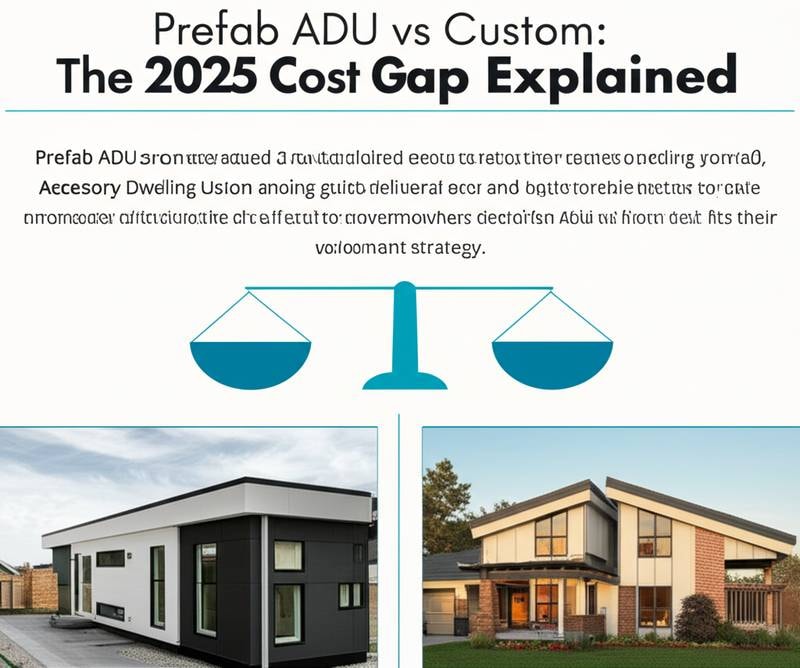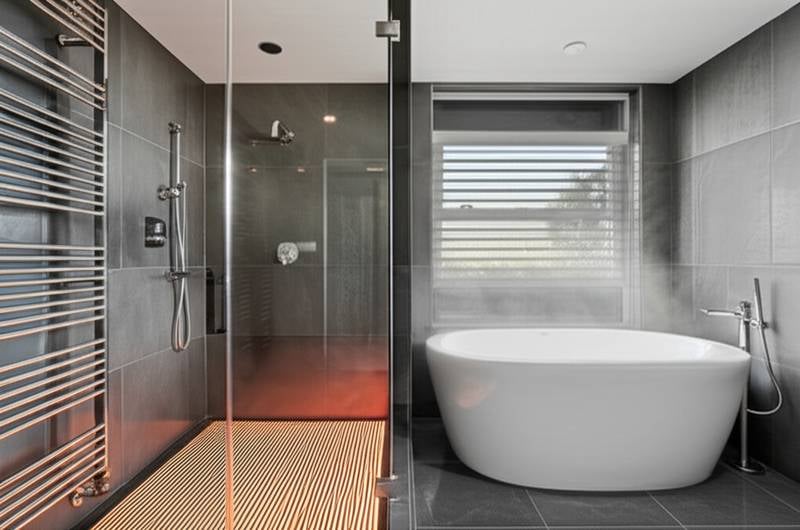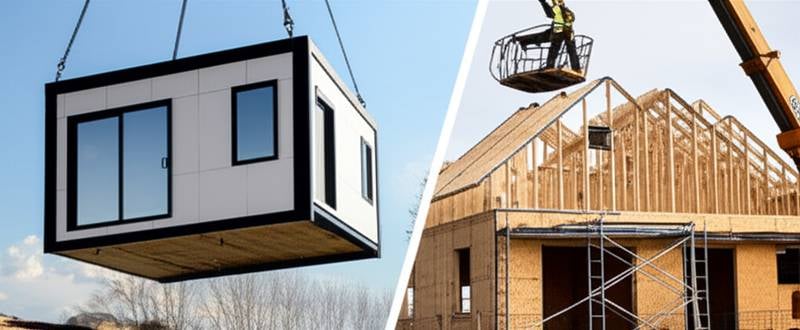Prefab ADU vs Custom: The 2025 Cost Gap Explained
The Real 2025 Cost Gap: Prefab ADU vs Custom
Homeowners often consider adding an accessory dwelling unit, or ADU, to expand living space, generate rental income, or provide a private suite for family members. The primary decision involves choosing between a prefabricated ADU and a custom-built ADU. Both options produce functional and attractive spaces, yet the cost difference exceeds expectations for many.
This guide details the factors driving the cost gap, outlines expected expenses for each type, and provides guidance on selecting the option that aligns with your budget, property, and objectives.
Understanding the Two ADU Types
Prefab ADUs
Prefab ADUs consist of factory-built units assembled off-site and delivered in modules or as complete structures. These units arrive nearly finished, requiring only utility connections and a foundation. This approach minimizes on-site construction time and frequently reduces labor expenses.
Typical Costs:
Prefab ADUs generally range from $250 to $400 per square foot, which includes delivery and installation. For instance, a compact studio unit may begin at $120,000, whereas a larger two-bedroom configuration could exceed $260,000, influenced by finish selections and site conditions.
Advantages:
- Accelerated build timeline, typically under three months following approval
- Simplified design and permitting procedures
- Consistent and predictable pricing
- Minimal disruption to the existing property
Custom ADUs
Custom ADUs involve designing and constructing from the ground up to complement your home's architecture, layout, and finishes. Each component, from the floor plan to roofing materials, receives customization based on your specifications.
Typical Costs:
Custom ADUs commonly range from $350 to $600 per square foot, resulting in totals from $180,000 to over $400,000. Expenses fluctuate based on design intricacy, material choices, and site preparation demands.
Advantages:
- Harmonious integration with the primary residence
- Complete control over design elements and layout flexibility
- Enhanced potential for increased resale value
- Adaptability to irregular lots or distinctive architectural styles
Return on Investment and Long-Term Value
Prefab ADUs often recoup 60 to 80 percent of their investment through added property value. Custom ADUs may achieve 70 to 100 percent recovery, particularly when they align closely with the main home's design. Rental income varies by location and market demand, yet a strategically positioned ADU can yield reliable returns over time.
Once constructed, maintenance expenses remain comparable for both types. Prefab units might incorporate lighter materials that require more frequent upkeep, whereas custom ADUs frequently feature premium finishes with extended durability.
To maximize ROI, evaluate local real estate trends early. For example, in high-demand urban areas, even a basic prefab ADU can boost property appeal significantly.
Tips to Control Costs
- Choose a smaller footprint. Reducing the size by 50 square feet can save thousands on framing, insulation, and finishing materials.
- Select an appropriate foundation type. Opt for a straightforward slab foundation, which costs less than elevated systems needed for sloped or uneven terrain.
- Map utility routes in advance. Planning efficient paths for plumbing and electrical lines minimizes excavation and labor expenses.
- Incorporate mid-grade finishes. Select durable materials like vinyl plank flooring and quartz countertops, which balance affordability with longevity and aesthetics.
- Solicit bids from multiple contractors. Quotes can differ by over 20 percent, so compare at least three detailed proposals.
Consider consulting a local ADU specialist during planning. They can identify cost-saving opportunities specific to your region's codes and soil conditions.
Common Questions About ADU Costs
Do prefab ADUs require permits?
Yes, all ADUs, including factory-built models, must adhere to local building and zoning regulations. Verify requirements with your municipal office to avoid delays or fines.
Can a prefab ADU receive customization?
Customization remains limited. Manufacturers typically permit selections for finishes, appliances, or window positions, but altering structural elements escalates expenses and timelines.
Which type offers greater longevity?
Both types endure for decades with routine maintenance. Custom ADUs often employ superior materials, such as reinforced framing and weather-resistant siding, which prolong service life.
Steps to Select and Build Your ADU
The choice between prefab and custom ADUs hinges on prioritizing cost efficiency, design adaptability, and enduring value. Prefab solutions provide rapid completion and budget certainty, suiting needs like supplemental income generation or efficient guest accommodations.
Begin by establishing a realistic budget that accounts for 10 to 15 percent in contingencies. Review local permitting processes thoroughly, and engage a builder experienced in ADU projects. Through meticulous preparation, you will develop a space that elevates your property's worth and enhances daily life.











